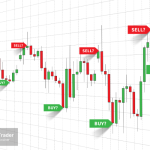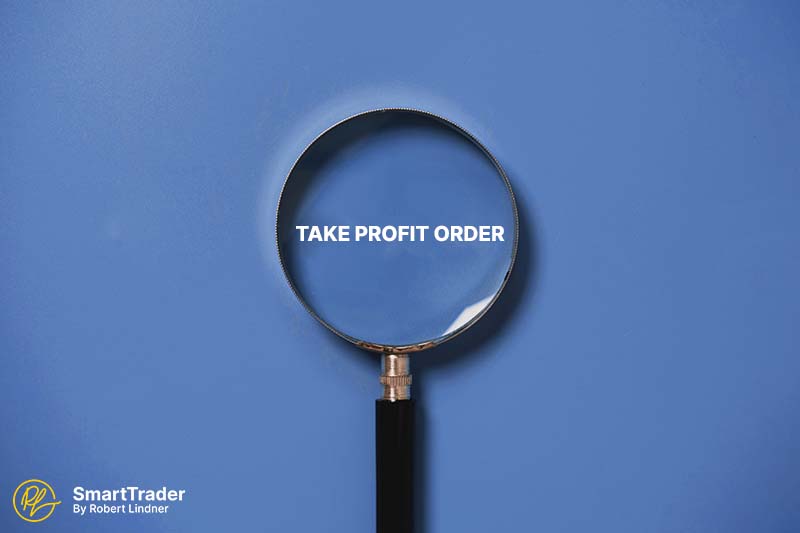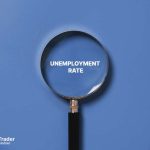[teɪk ˈprɒfɪt ˈɔːdə(r)]
A take profit order is a type of order placed with a broker to automatically sell a security, such as a stock, bond, or option, when it reaches a certain price, known as the limit price.
What is Take Profit Order?
A take profit order is a tool used by investors to lock in profits on a position in a security, such as a stock, bond, or option. It involves placing an order with a broker to automatically sell the security when its price reaches a predetermined level, called the limit price. By doing so, an investor can ensure that they don't miss out on potential gains if the security's price rises, without having to constantly monitor the market.
Take profit orders can be useful for investors who want to lock in profits on a position in a security, but they can also have drawbacks. For example, if the stock price briefly reaches the limit price and then quickly drops, the take profit order may execute at a lower price than the investor had intended, resulting in a smaller profit than anticipated. Additionally, in some market conditions, such as during periods of high volatility or low liquidity, take profit orders may not execute as intended, potentially resulting in missed profit opportunities.
Key Takeaways
- Take profit orders can be a useful tool for investors to lock in profits on a particular investment in a security, such as a stock, bond, or option.
- Take profit orders are placed with a broker and are triggered automatically when the security's price reaches a specific level, known as the limit price.
- Take profit orders can help investors realize gains without having to constantly monitor the market, but they also have some drawbacks, such as the possibility of being executed at a lower price than intended.
- Take profit orders can be adjusted as the security's price changes, allowing investors to capture more profits or limit losses more effectively.
- Take profit orders are not a guarantee of profits, as the security's price may change rapidly or there may not be enough buyers at the limit price to execute the sale.
Example of Take Profit Order
An investor purchases 100 shares of ABC Corporation at $50 per share, and they believe that the stock's price may increase in the near future. They decide to set a take profit order at $60 per share, which means that if the stock's price reaches $60 per share, the broker will automatically sell the 100 shares of ABC Corporation.
If the stock's price does begin to rise and reaches $60 per share, the take profit order will be triggered and the broker will sell the 100 shares of ABC Corporation at the next available price. This will allow the investor to lock in a profit of $1,000 (100 shares x $10 per share) without having to constantly monitor the market.
Back to Glossary.






